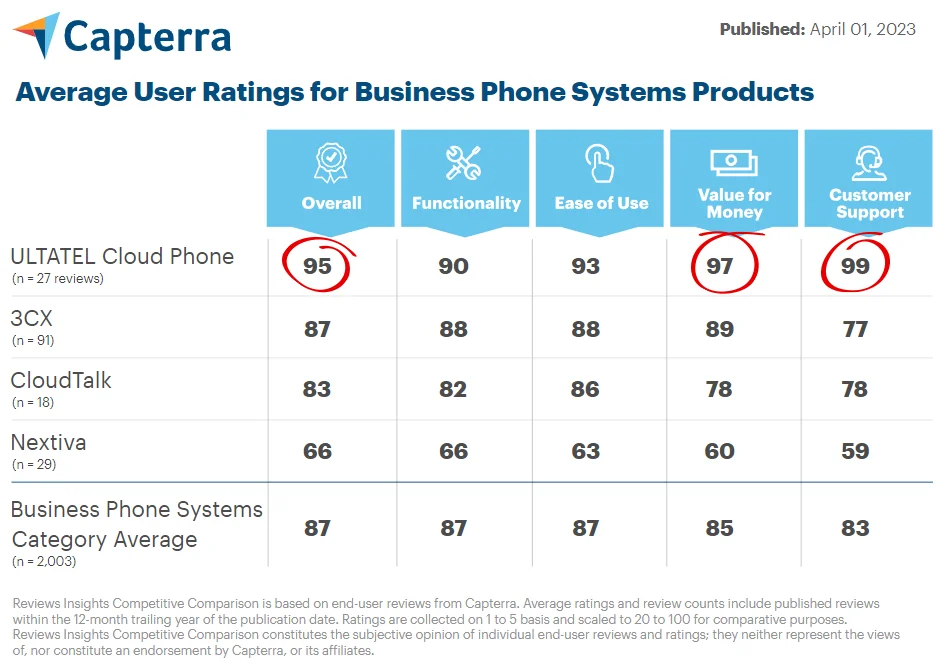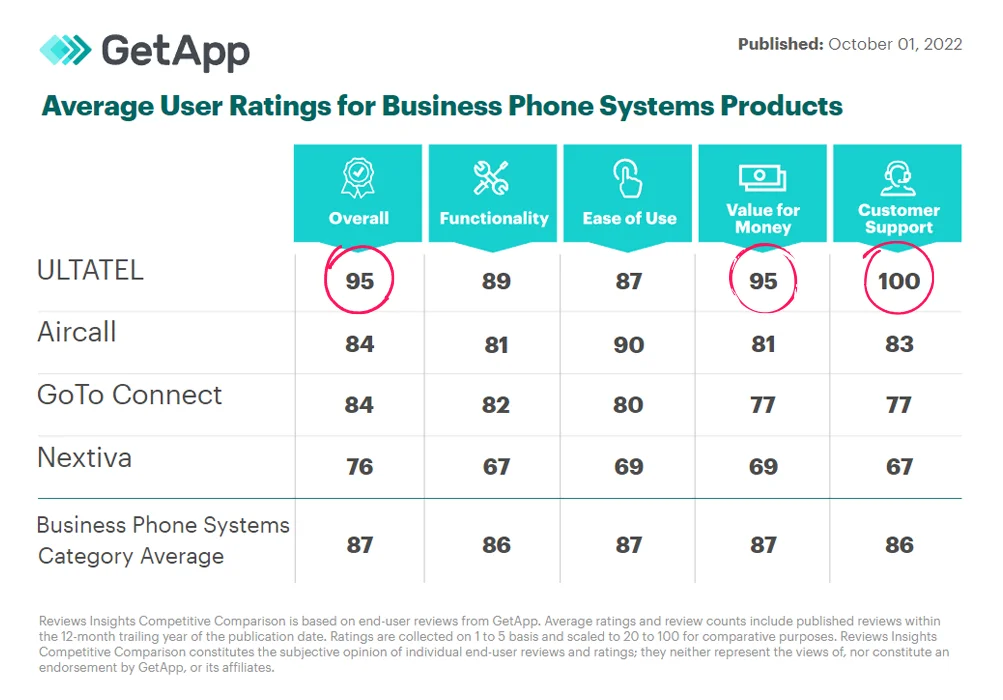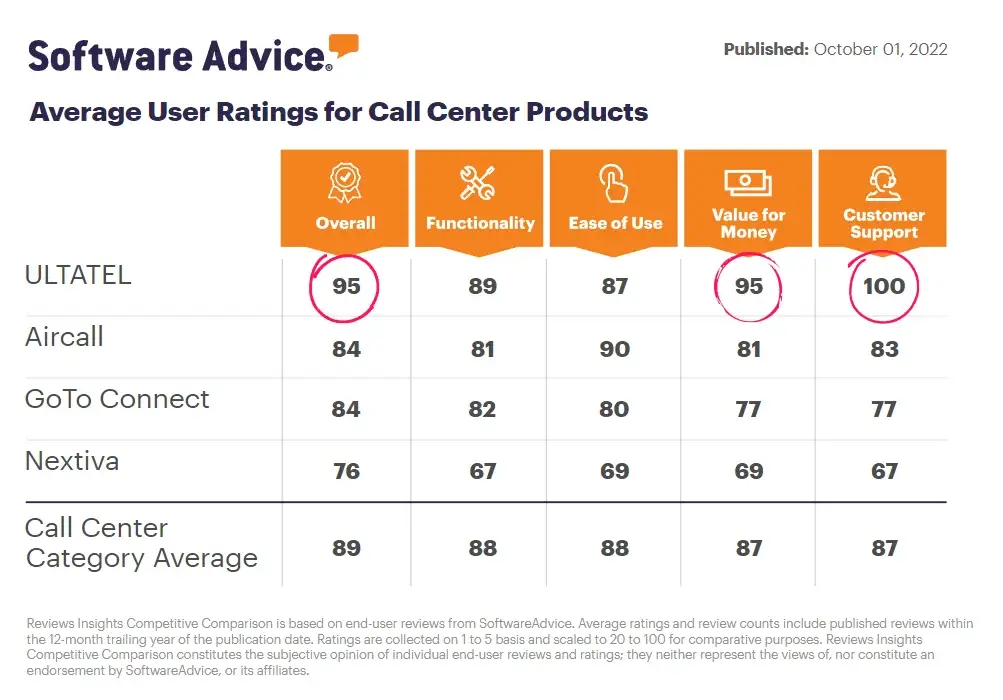What Is Frame Relay?
Frame relay is a high-performance WAN protocol that enables the efficient transmission of digital voice and data over leased lines. It is a popular choice for connecting remote locations because it is cost-effective and easy to configure.
Frame relay uses a virtual circuit approach, which means that each connection is assigned a unique identifier (VCI). This identifier is used to route data between the two endpoints of the connection.
Frame relay is a Layer 2 protocol, which means it does not require any special configuration at the Layer 3 (IP) level. This makes it ideal for applications that do not require the full functionality of a router, such as VoIP or point-to-point data connections.
How Does a Frame Relay Work?
A frame relay connection is established by creating a logical link between two devices, such as routers. This link is known as a virtual circuit (VC).
Once the VC is established, data can be sent over the link in the form of frames. Each frame contains the VCI that identifies the destination of the data.
The frame is then forwarded to the next router in the network, which looks up the VCI in a routing table. The router then forwards the frame to the next router in the path until it reaches the destination.
What Is an Example of Frame Relay?
One common example of frame relay is a point-to-point connection between two routers. In this case, the VC would be created by configuring each router with the same VCI.
The data is then sent over the link in the form of frames, with each frame containing the VCI that identifies the destination router. The frames are then routed through the network until they reach the destination router.
Another common example of frame relay is a multipoint connection. In this case, the VC would be created by configuring each router with a different VCI.
What Are the Advantages of Frame Relay?
Frame relay has a number of advantages over other WAN protocols, such as point-to-point protocol (PPP) and asynchronous transfer mode (ATM). Frame relay is a cheaper and simpler alternative to ATM. It also uses less bandwidth than an ATM, which makes it more efficient. Aside from that, frame relay is much easier to configure than PPP.











